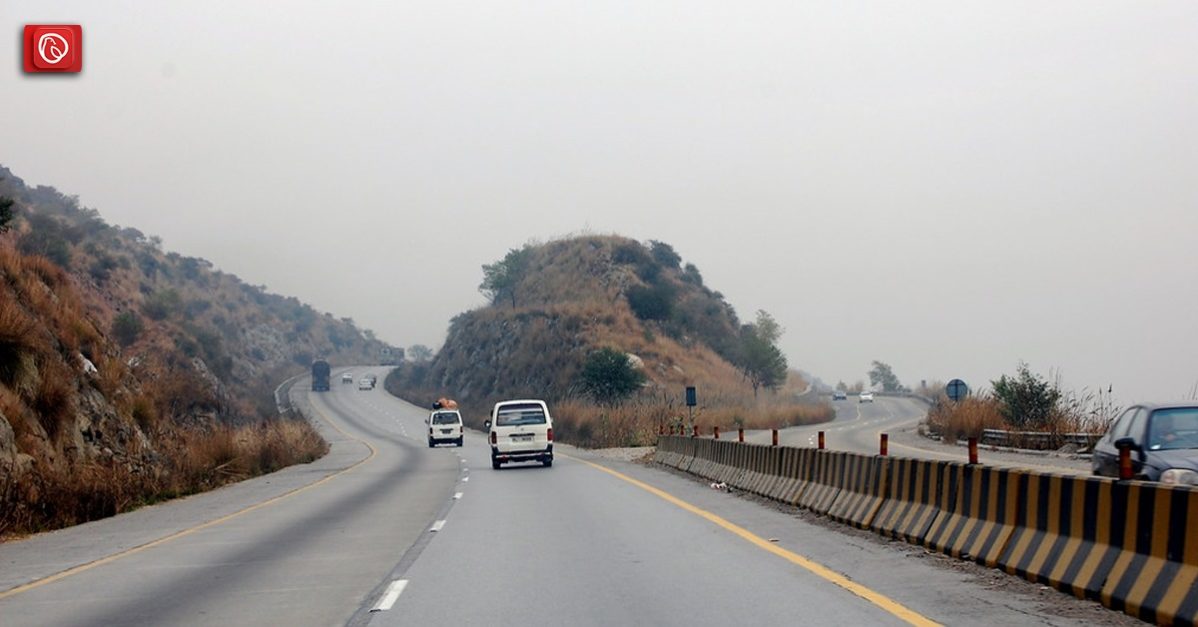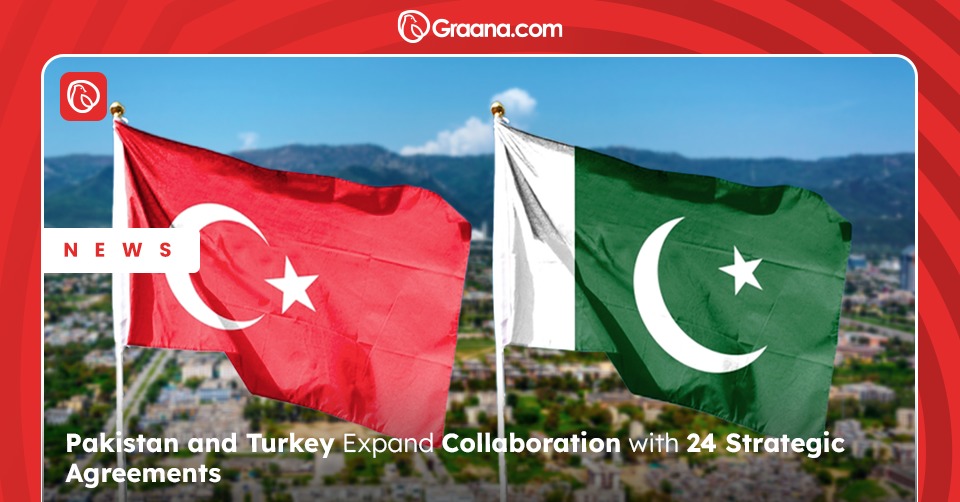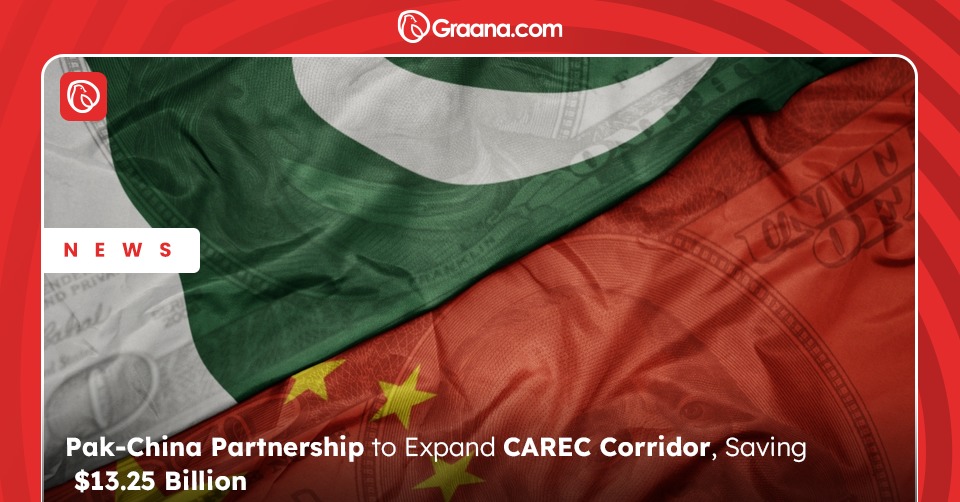GT Road, also known as Grand Trunk Road, is one of the oldest and longest highways in Asia, connecting Pakistan to India and Bangladesh. It was built by Sher Shah Suri, the Afghan ruler of India, in the 16th century to facilitate trade and commerce across the Indian subcontinent.
Today, it is not only an important transportation route but also a cultural and historical landmark that reflects the rich heritage of the region. Graana.com explores the history and significance of GT Road Lahore below, which is one of the most important sections of the highway.
Overview of GT Road
The Grand Trunk Road, also known as Uttarapath, Sarak-e-Azam, Shah Rah-e-Azam, Badshahi Sarak, and Long Walk, is an ancient and extensive road that has linked the Indian subcontinent with Central Asia for at least 2,500 years. It stretches for approximately 2,400 km from Teknaf, Bangladesh, on the Myanmar border, all the way to Kabul, Afghanistan, passing through major cities such as Chittagong, Dhaka, Kolkata, Prayagraj, Delhi, Amritsar, Lahore, Gujrat, Rawalpindi, and Peshawar.
The highway was first constructed by Chandragupta Maurya, the founder of the Maurya Empire, in the 3rd century BCE. He extended the ancient route of Uttarapatha from the mouth of the Ganges to the north-western frontier of his empire.
The road was later improved under the reign of Ashoka, and Sher Shah Suri realigned the old route to Sonargaon and Rohtas. Mahmud Shah Durrani rebuilt the Afghan side of the road, and significant improvements were made during the British period between 1833 and 1860.
Today, the road overlaps with several national highways, including N1, Feni, N4, N405, N507, and N6 in Bangladesh; NH 12, NH 27, NH 19, NH 44, and NH 3 in India; and N-5 and AH1 in Pakistan and Afghanistan, respectively.
GT Road Lahore: Historical Background
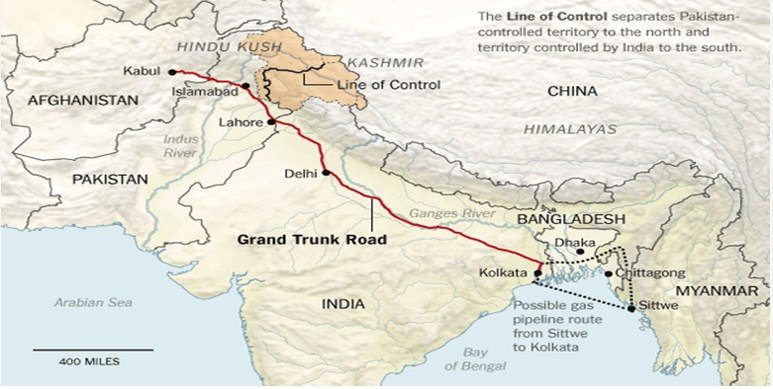
Lahore, the capital of Punjab, has always been a center of power, culture, and trade in South Asia. The city’s strategic location at the crossroads of different civilizations and trade routes made it a melting pot of diverse cultures and traditions. GT Road Lahore, which runs through the city’s heart, has played a crucial role in shaping its history and culture.
Ancient Times
The existence of the Grand Trunk Road was documented in ancient texts, such as the Mahabharata and Buddhist literature, where it was known as the Uttarapatha, connecting eastern India with Central Asia and Ancient Greece.
Mauryan Empire
Chandragupta Maurya built the precursor to the modern Grand Trunk Road based on the Persian Royal Road, connecting cities such as Takshashila and Purushapura in northwest India. This road was maintained by the Mauryas and expanded by Ashoka, who planted trees and built rest houses for travelers.
Suri and Mughal Empires
Sher Shah Suri repaired and rerouted the old road in the 16th century, increasing its width, building sarais and baolis, and developing green spaces alongside some sections. More sarais were built during the Mughal reign, with Jahangir giving the order that they should all be built of burnt brick and stone. The route was referred to as “Sadak-e-Azam” by Suri and “Badshahi Sadak” during the Mughal Empire.
British Empire
In the 1830s, the East India Company initiated a program of metalled road construction, rebuilding the Grand Trunk Road from Calcutta to Kabul, Afghanistan at a cost of £1000/mile. The road became a subject of literary works, including those of Rudyard Kipling, who described it as a “river of life”.
Republic of India
The Indian sections of the Grand Trunk Road coincide with NH 19 and NH 44 of the National Highways in India. The historic sites along the road in India were submitted to the tentative list of UNESCO World Heritage Sites in 2015, under the title “Sites along the Uttarapath, Badshahi Sadak, Sadak-e-Azam, Banho, Grand Trunk Road”.
Psephologists refer to the area around the road as the “GT Road Belt” or Gujarat Road during elections, with the region from Ambala to Sonipat in Haryana known as the “GT road belt of Haryana.”
Cities Near GT Road
Along GT Road, numerous cities offer a glimpse into the rich cultural heritage of Pakistan, including:
Lahore
Located at the eastern end of GT Road, Lahore is Pakistan’s cultural capital. The city is home to several historic sites, including the Lahore Fort, Badshahi Mosque, and Shalimar Gardens. It is also famous for its delicious cuisine and vibrant bazaars.
Gujranwala
Gujranwala is a bustling industrial city located about 70 kilometers north of Lahore. It is known for its textiles, ceramics, and metal products, and it is home to a number of factories and industrial parks. There are also several important historic sites in Gujranwala.
Perhaps the most famous of these is the Sikh Gurdwara at Chakki Sahib, which is a popular pilgrimage site for Sikhs. The Gurdwara is located in the heart of the city and is known for its stunning architecture and beautiful gardens.
Rawalpindi
Rawalpindi is a historic city located about 280 kilometres northwest of Lahore. It has a long and rich history dating back to ancient times, and it has served as a military and administrative centre for centuries.
It is home to the Army Museum, which showcases the history of the Pakistan Army. Another popular attraction in Rawalpindi is the Ayub National Park, which features a number of walking trails, picnic areas, and recreational facilities.
Peshawar
Located at the western end of GT Road, Peshawar is the capital of Khyber Pakhtunkhwa and is one of the oldest cities of Pakistan. It is known for its rich cultural heritage, including its famous Qissa Khwani Bazaar, which has served as a centre for trade and commerce for centuries.
Developments on the Grand Trunk Road
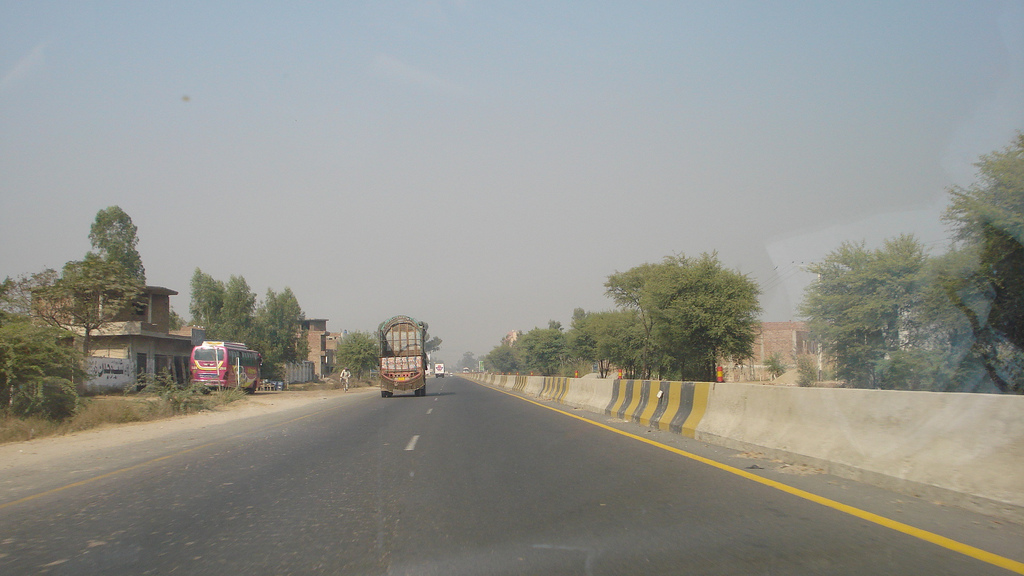
Over the years, GT Road has undergone a number of changes and developments, reflecting the growth and evolution of Lahore. The road has been expanded and modernised, with new businesses and housing developments popping up along its length. However, despite these changes, the road remains an important landmark, and its many historical sites continue to attract visitors from around the country.
It is also home to a thriving commercial district. The road is lined with shops, restaurants, and other businesses, making it a popular destination for locals and tourists alike.
Conclusion
In recent years, the government of Pakistan has undertaken a number of projects aimed at improving GT Road. These include widening the road, improving the drainage system, and building new pedestrian bridges and underpasses. The aim of these improvements is to make the road safer and more accessible, while also supporting the continued growth and development of Lahore as a city.
Despite these changes, however, the history and culture of GT Road continue to play a central role in the city’s identity. The road is more than just a means of transportation; it is a living, breathing monument to Lahore’s vibrant past and promising future.
For more information visit Graana blog.
FAQs
What does GT Road Lahore stand for?
GT Road Lahore refers to “Grand Trunk Road” in Lahore. The Grand Trunk Road is one of South Asia’s oldest and longest major roads, historically connecting Bangladesh, India, and Pakistan. In Pakistan, it extends from Lahore to Peshawar and further into Afghanistan.
What does GT Road stands for?
GT road full form is “Grand Trunk,” reflecting the road’s historical significance as a major trade and travel route.
Who built GT Road Pakistan?
The Grand Trunk Road was initially built by Sher Shah Suri, the founder of the Suri Empire, in the 16th century. His vision was establishing an efficient and well-maintained road network for trade and communication across the empire.
Which is the busiest road in Lahore?
As for the busiest road in Lahore, it can be subjective depending on factors like time of day and specific locations. However, Mall Road and Ferozepur Road are among the city’s well-known and often congested roads due to their commercial and business activities.
